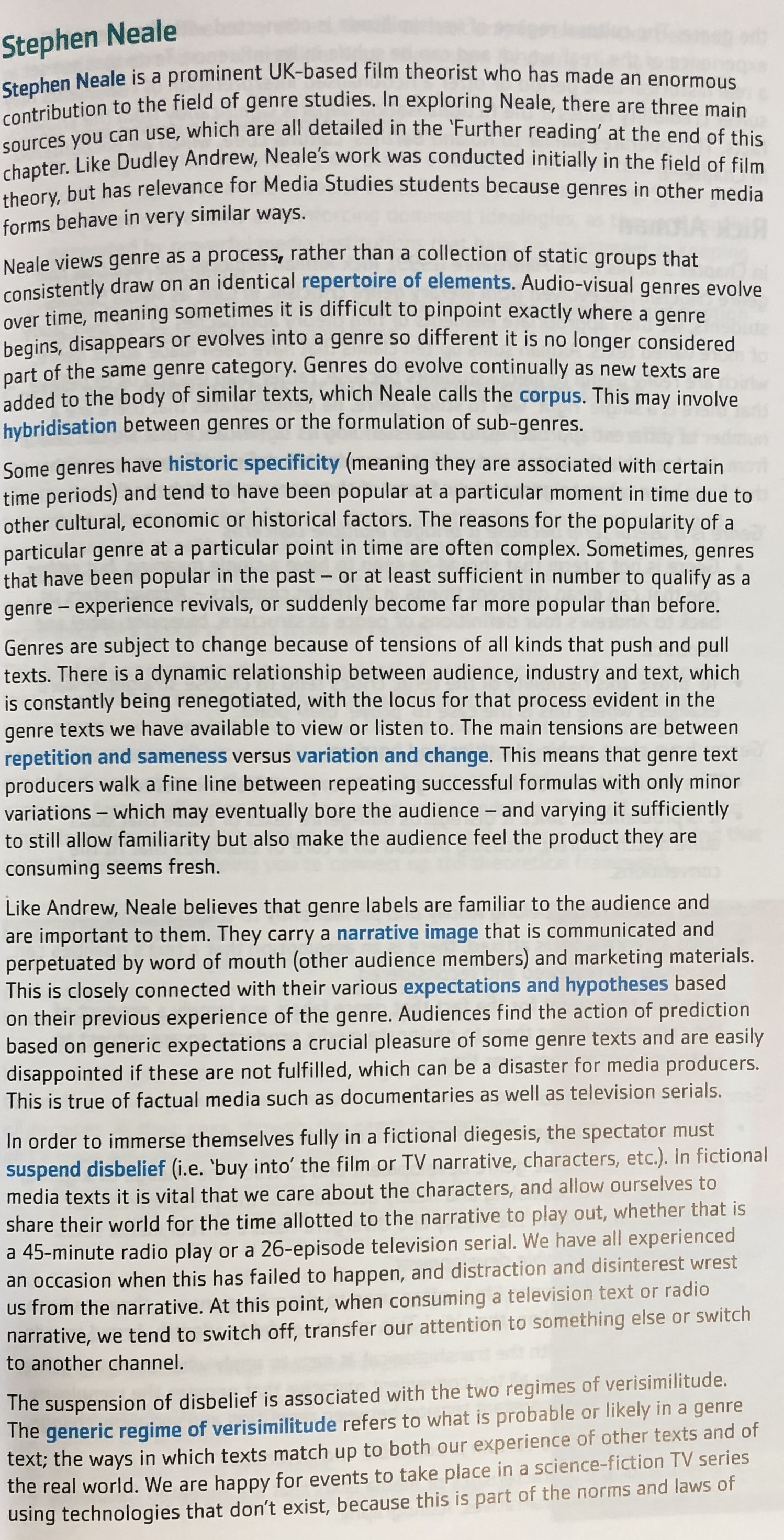The following material is NOT for your exam question, which is only focussed on INSTITUTION
HOWEVER, having watched this film in class we can use it to revisit some ideas around NARRATIVE & GENRE.
Narrative
Task 1.1: Draw out the narrative structure of Chicken following the idea of Freytag’s pyramid. 1.2 Annotate the structure with key moments from the film. 1.3 Divide up your narrative line into three or five distinct stages (as per Todorov). Post your response on the blog.

Task 2: Complete a table (for example similar to the one below) to allow you to re-cap on your knowledge about narrative theories:
> Stock characters: Propp
> Key themes that set up a binary narrative: Levi-Strauss
| CATEGORY | FAMILIARITIES: | DIFFERENCES: | THEORY |
| CHARACTERS | PROPP, presents the idea of STOCK CHARACTERS, inc ‘hero’, ‘false hero’, ‘princess’, ‘father figure’, ‘despatcher’ | ||
| THEMES | LEVI-STRAUSS the use of key themes to structure stories and characters around familiar themes: family, community, law and order, justice. Often set up as binary oppostions: right/wrong urban/rural, young/old, good/bad | ||
Genre
Another key theory (that could appear in a number of your exam questions) is genre. In particular, the board look at the genre theory developed Steve Neale, see for example this extract from page 43 of AS textbook (Hendry & Stephenson)
Task 3: Apply 4 key terms from Steve Neale’s genre theory to Chicken.
Answer the following question:
- In what ways is ‘genre’ beneficial for a low budget film?
• Conventions and rules ie repertoire of elements / corpus
• the extent to which we are encouraged to suspend our disbelief through a careful creation of real life a technique called verisimilitude
• Hybridity / Sub-genre
• Is this an example of a genre of order or the genre of integration (Thomas Schatz) see below
Genres of order value individualism and personal sacrifice. This genre sees violence as justified in certain circumstances and the heroes’ role is to reinstate the social order that has been undermined by the threat.
Genres of integration value collectives and groups who communicate and cooperate for the general good. Negotiation and compromise are often used to help solve problems so that whatever has threatened the equilibrium can find a way to be integrated into the community.


